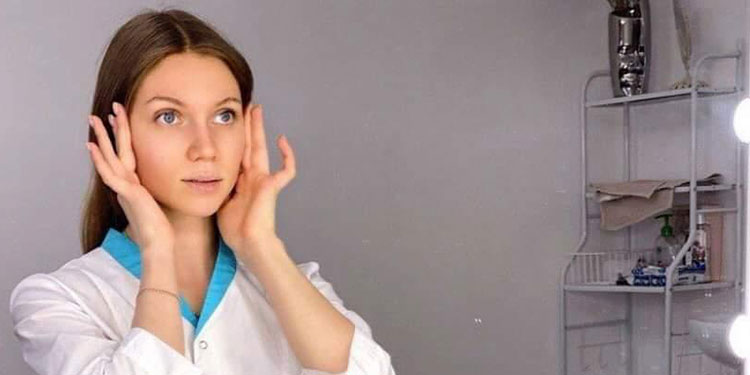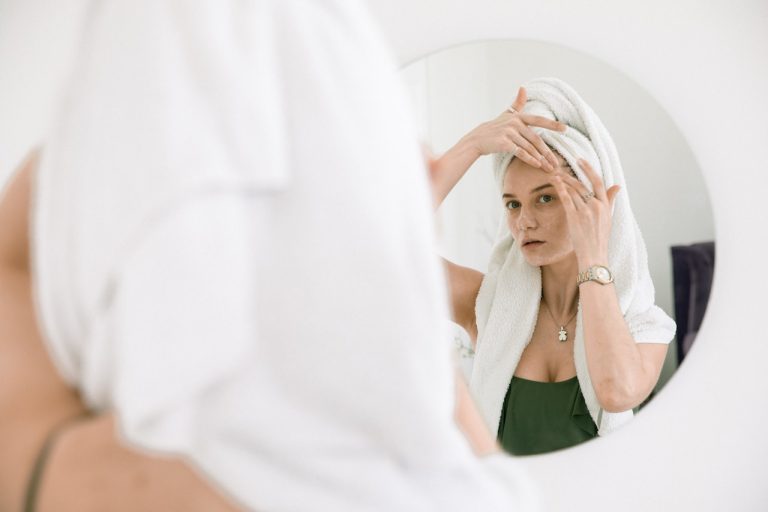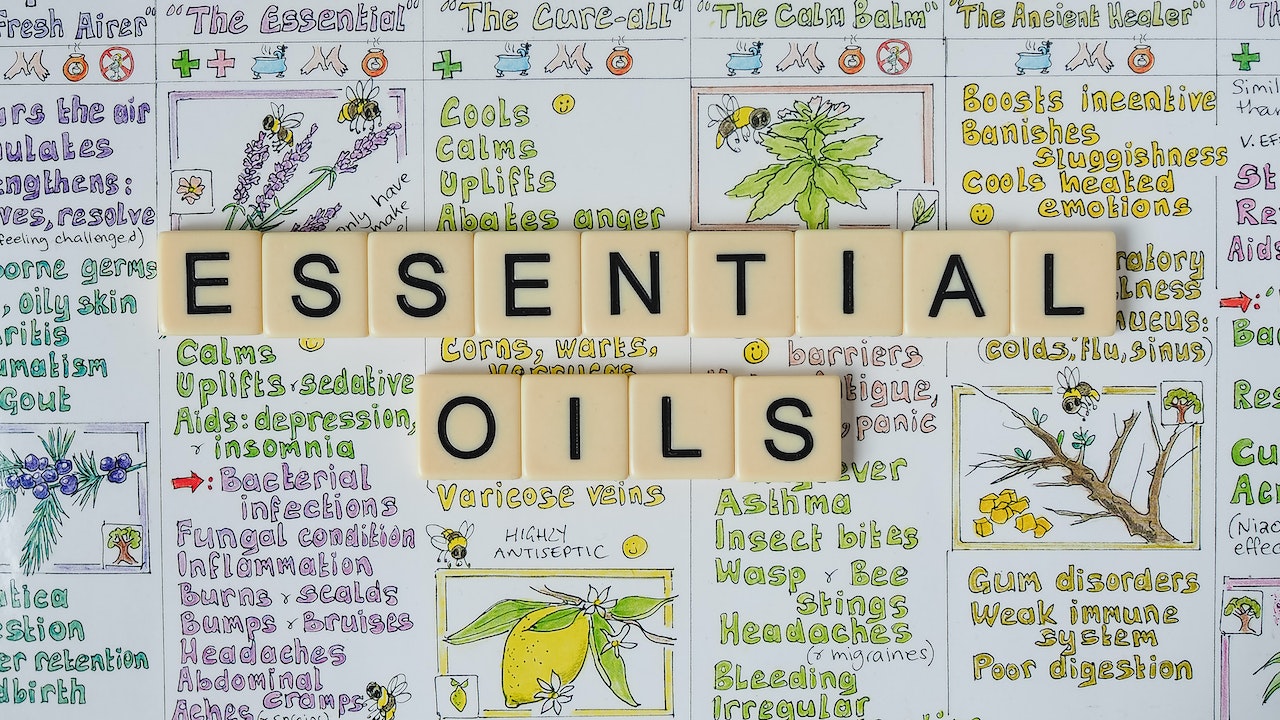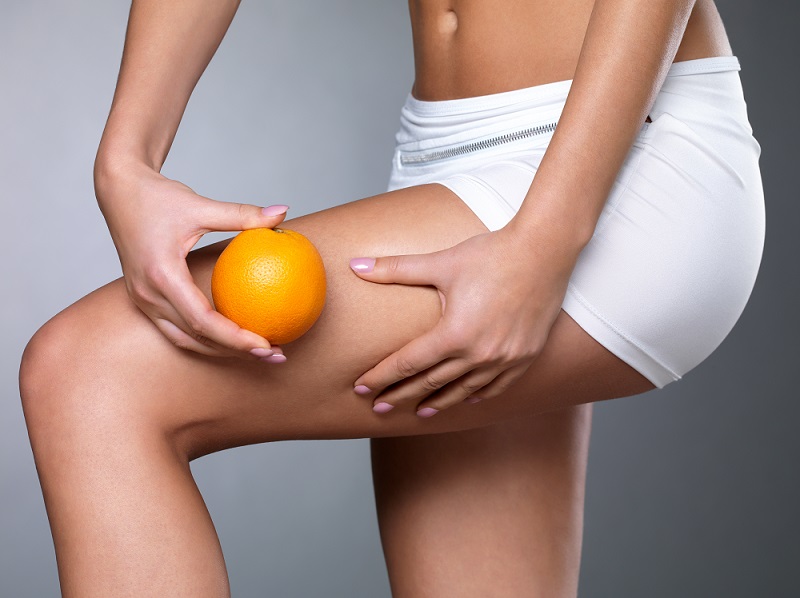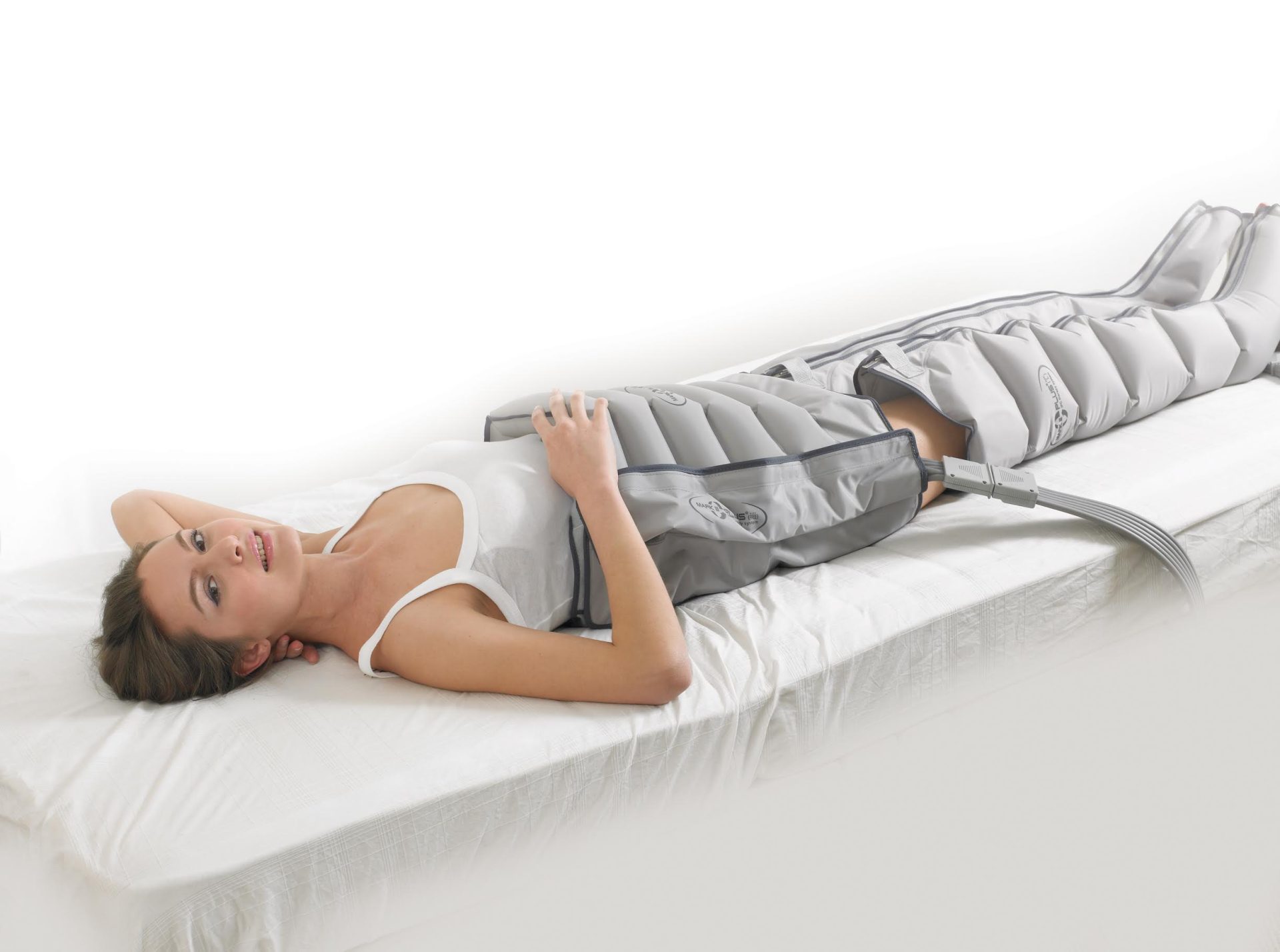Despite its exotic origin (it is extracted in the Atlas Mountains in Morocco and is of volcanic origin), the Ghassoul clay, in its composition and application, is a very simple and very effective remedy for the beauty of skin and hair. It is this effectiveness and naturalness that has predetermined the fate of Ghassoul clay: throughout the region, it has been the main cosmetic agent for cleansing and care of the face, body and hair for many centuries. Fortunately, now we have the opportunity to take advantage of its amazing properties.
Hassul clay is full of natural minerals like iron, magnesium, silicon, sodium, phosphorus, potassium, zinc and others, which in full synchrony with each other “work” as a full-fledged cosmetic product. First of all, Hassul (also this clay is often called Rassul or generally “black clay”) is an excellent absorbent, which means it is able to draw toxins, impurities, harmful particles out of the skin. This property, typical of natural minerals, is what makes it such an effective cleanser: when exposed to the skin and hair, the clay Hassul gently, without damaging or disturbing anything, takes away all the harmful and negatively affecting – and “takes away” all the impurities with it when washed away with warm water.
Another important property of Gassoul Clay is its general revitalizing effect. What does this mean? If your skin is overdry, a gentle cleansing with Hassul Clay will help it “cheer up. If your skin is overly oily, the same volcanic clay will help regulate the production of sebum and make your skin more matte and fresh. If you have a problem with black spots and enlarged pores, the effect of Hassul clay will show after several applications: pores and black spots will become less noticeable. If you have dull hair with oily roots and dry ends, the clay will even out this difference: hair will be more airy and voluminous and shiny, while the ends will be more moisturized. Simply put, Gassoul helps to get rid of a whole range of all sorts of problems and, most importantly, make your skin and hair healthier and full of energy. Especially if you use it all the time.
Using Hassoul Clay
The easiest way to use Hassul Clay is to dilute it with water to the consistency of thick sour cream, and then use it as directed. As noted, the Gassoul clay is very easy to use: it does not require any special “wizardry” in order to use it. The only important thing to note: you cannot knead Hassoul clay in metal containers or use a metal spoon. Use glass, plastic or wood.
Leather. Pour into a small bowl 1 teaspoon of clay powder (most often Hassoul is sold as a convenient fine powder), gradually moisten the clay with water or suitable hydrolat until the viscosity of a thick sour cream. If you are mixing clay to wash your face, you can do it in your own palm. By the way, in this state, the Gassoul clay is softer, more gliding, and more pleasant to handle than other types of clay. There is a feeling that it is “soapy” when applied and rinsed off. Apply the resulting mush in a thin layer to your skin with massaging motions. If you use clay for a quick wash, rinse it off immediately with lukewarm water. But it is also possible to keep it on the face for 3 to 7 minutes. If it dries too quickly, moisten it with hydrolate, or simply pat it gently over the cheeks with wet palms. After that, rinse it off with warm water, and apply your usual cream to your skin.
Hair. Dilute 2-3 tablespoons of Hassoul clay (the amount can vary depending on the thickness and length of the hair) with water (mineral, normal, hydrolate) and apply the resulting porridge to the hair and scalp, slightly massage it. You can leave the clay on the hair for 5-7 minutes, and then rinse thoroughly. Such care actually replaces the shampooing, after which the hair will feel unusually clean and softer than usual.
For the Hassul clay to take on the characteristics of a mask with certain properties, it is mixed with vegetable and essential oils. Since Hassul consists of natural minerals, this tandem is not only possible but works well. The mask for both skin and hair should be kept slightly longer than washing (up to half an hour), making sure that the clay does not dry out. If the mixture contains enough vegetable oils, this will not happen. The faster the mixture dries, the less time you should keep it on your skin and hair.
Examples of skin and hair masks:
Mask for Shine and Hair Health
– Gassoul clay (2-3 tbsp)
– Almond or argan oil, or jojoba oil (approx. 1 tsp.)
– 3-5 drops of ylang-ylang essential oil
Cleansing facial mask
– Gassoul clay (1 tsp.)
– Hazelnut oil (1/2 tsp.)
Rejuvenating Mask
– Glassul clay (1 tsp.)
– Cranberry Seed Oil (1/2 tsp.)
Mask for problem skin
– Glassul clay (1 tsp.)
– Rosehip oil (1/2 tsp.)
Whitening Mask
– Gassoul clay (1 tsp.)
– Evening primrose oil (1/2 tsp.)




